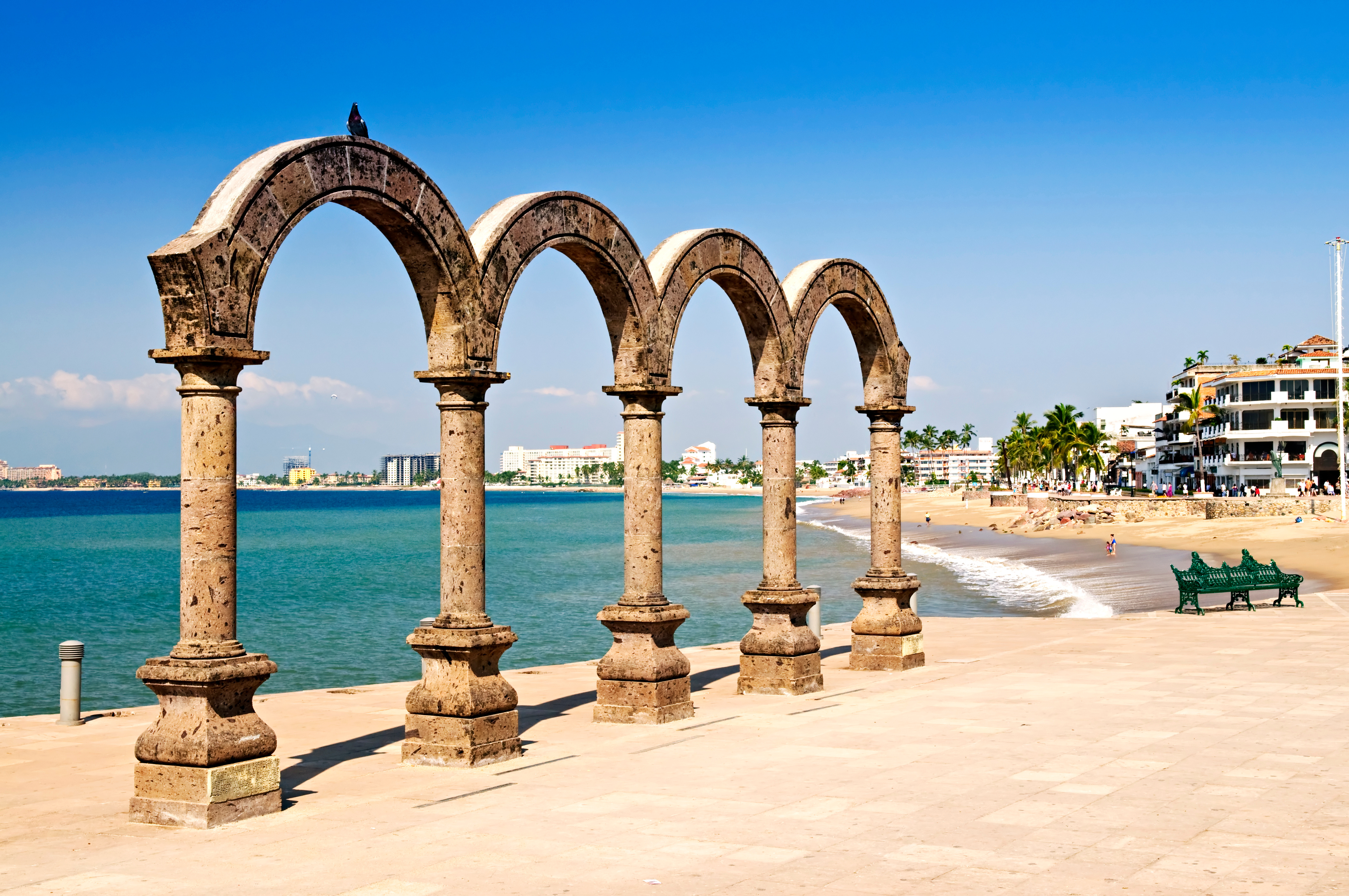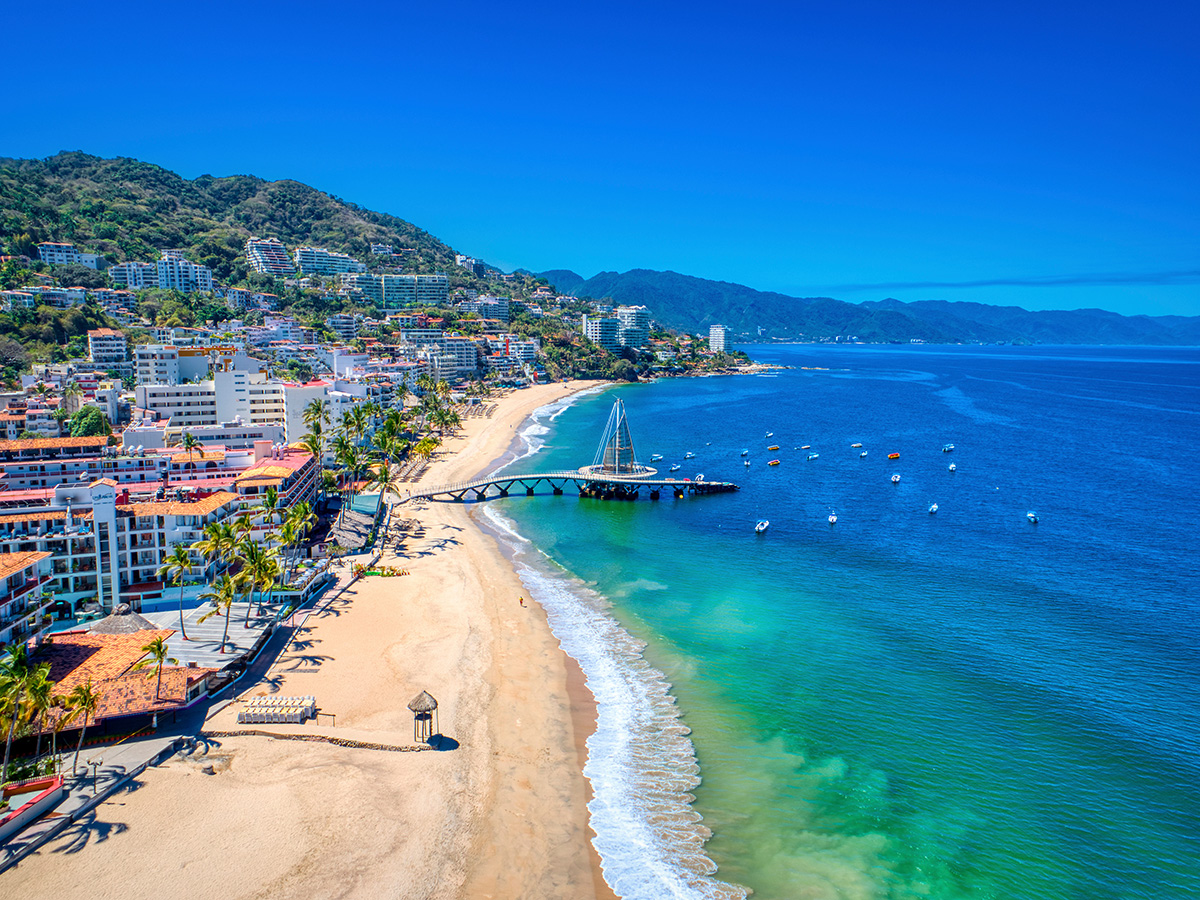
IS IT SAFE TO TRAVEL TO PUERTO VALLARTA?
Puerto Vallarta, nestled on Mexico’s Pacific coast, has long been a go-to destination for travelers seeking rich culture, scenic beauty, luxurious resorts, and serene beaches. But the question on many travelers' minds is: "Is it safe to travel to Puerto Vallarta?"
Safety by the numbers
Safety is a moving target and a relative term. As Mexican destinations go, Puerto Vallarta is reasonably safe. But it can be helpful to understand what constitutes a safe Mexican destination.
Numbeo, a crowdsourced global database of perceived crime rates and safety, places Puerto Vallarta 108th out of 352 entries, sandwiched between Moscow, Russia, and Boise, Idaho.
GeoSure Global, which rates the safety of major cities on a neighborhood-by-neighborhood basis, gives Puerto Vallarta a GeoSafeScore™ of 54 out of 100, giving it above-average marks for access to health and medical care, but low marks for nighttime safety, physical safety, and basic freedoms.
By comparison, Cancun and Mexico City receive a score of 59, Playa del Carmen a score of 53 and Cabo San Lucas a score of 54. Millions of Americans travel to these destinations unscathed annually, so Puerto Vallarta should be viewed favorably. The key is to know how to travel safely.
If you’re looking for comparisons, the Caribbean, Dominica gets a score of 64, San Juan, P.R. nets a 35, and Road Town, in the British Virgin Islands, scores 46.
The world’s safest cities, like Copenhagen, score in the 70s and 80s.
Mexico’s safety status
Puerto Vallarta is in Jalisco state, which according to the State Department has no travel restrictions for U.S. government employees – generally a sign that it’s safe for American travelers.
However, Mexico traveler safety varies considerably from state to state, prompting the State Department to give Mexico a unique “See State Summaries” designation.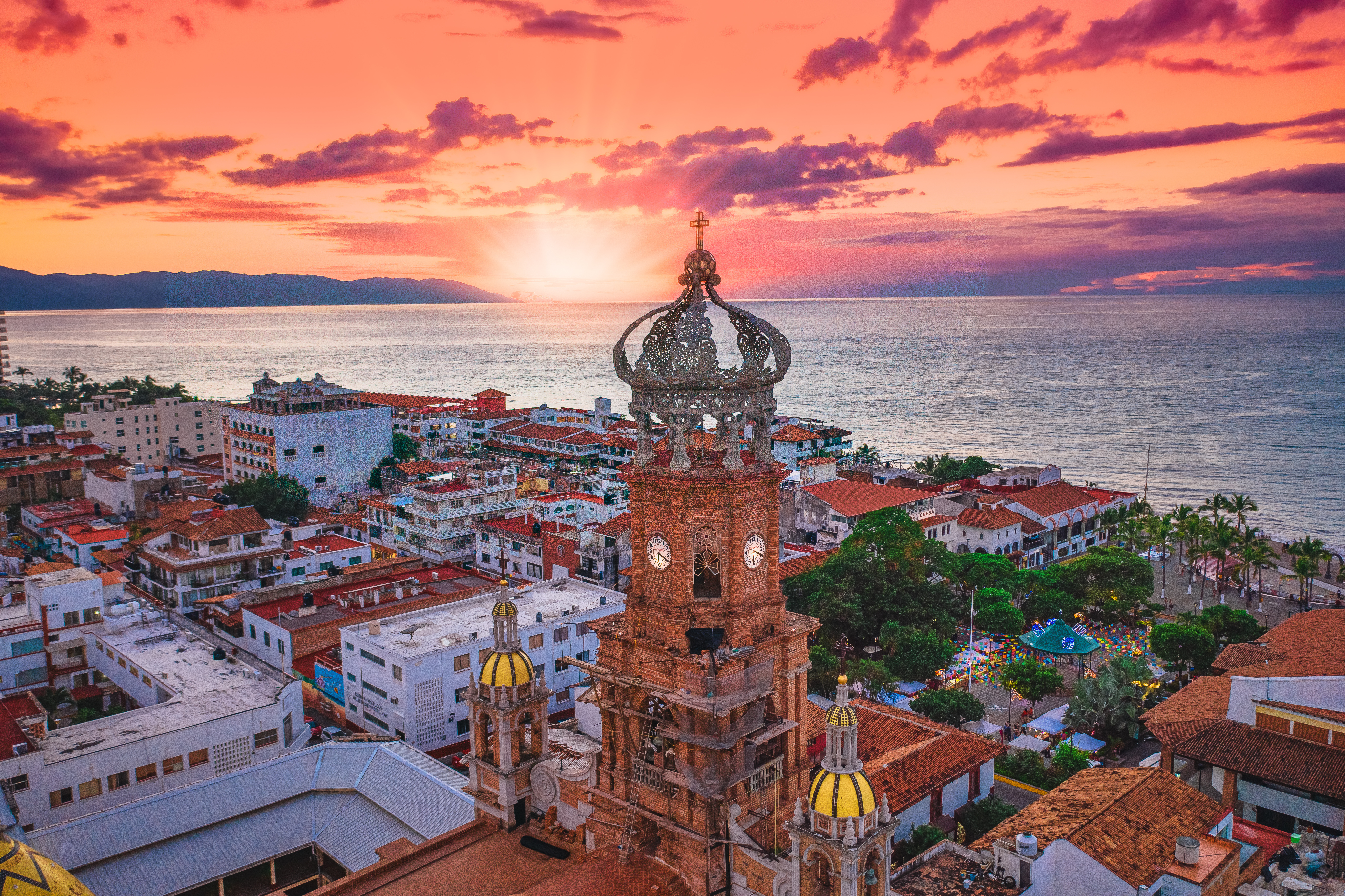
Local and regional safety measures
In response to safety issues, Mexico has opened seven multilingual tourist assistance centers for situations requiring immediate attention but not the intervention of U.S. embassy staff.
The closest center to Puerto Vallarta is in Mazatlan, a two-and-a-half-hour drive. Other centers are in Los Cabos, La Paz, Acapulco, Playa del Carmen, Ciudad Madero, and Queretaro.
The centers help U.S. visitors:
- Resolve disputes with merchants and government entities
- File criminal reports
- Secure needed services
- Locate special-needs accommodations
Locally, the Puerto Vallarta city government and the tourism office have addressed visitor safety by increasing police presence in tourist areas, improving street lighting, and collaborating with local businesses on security.
However, travelers still need to follow standard safety practices like staying aware of their surroundings, avoiding risky areas, especially at night, and keeping their belongings secure.
Apps like Emergency Call, which provides emergency numbers and location services, can be invaluable in unfamiliar environments.
Insights from travelers and expats
For real-life insights into Puerto Vallarta's safety, forums like TripAdvisor and Expat Exchange are full of experiential comments from travelers and expats living there.
Many highlight Puerto Vallarta’s affordability, the ease of getting around, and an overall sense of security, even when exploring off-the-beaten-path areas.
Despite these first-person testimonies, first-time visitors to Puerto Vallarta should stick to the resort and areas resort staff consider to be safe.
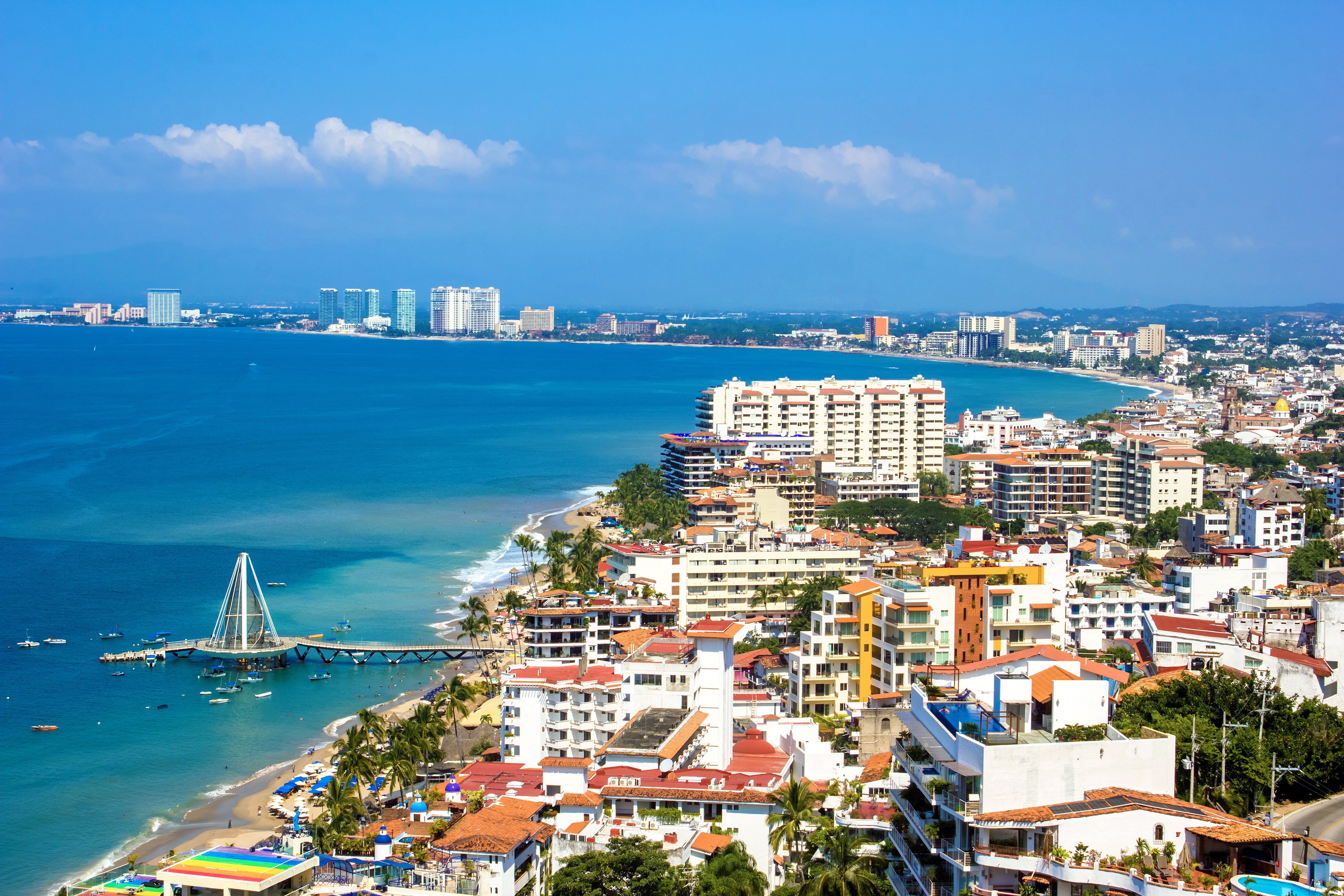
General safety tips
In general, some of the most important safety tips for travelers to Puerto Vallarta are:
Don’t walk alone at night
It’s natural to want to check out your surroundings, but be careful. If a neighborhood looks dangerous, it probably is, particularly at night.
Be especially careful in the areas around bars, nightclubs, and casinos.
The GeoSure app provides neighborhood-by-neighborhood ratings for Puerto Vallarta, but conditions can change quickly in Mexico once the sun goes down.
Don’t take chances with valuables
In the hotel:
- Hide your valuables and lock your doors
- Don’t trust the hotel safe; instead, put valuables in a portable, packable safe
- In the hotel lobby, don’t talk about your room number or your room’s contents
When out on the street:
- Skip the flashy jewelry in favor of an understated look
- Never take your eyes off your personal belongings – especially on public transport and at public areas like markets or beaches
- If a situation or place makes you nervous, exit calmly but quickly
- Split up money and valuables
- Use ATMs inside banks or in well-populated, well-lit areas
Be smart about transportation
When out and about:
- Use your hotel’s transportation, Uber, or regulated taxis
- When using regulated taxis:
- Call for a taxi
- Ask the dispatcher for the driver’s name and the taxi’s license plate number
- Sit in the back seat
Be beach- and water-smart
The ocean is alluring, but riptides and rogue waves are common, stonefish and box jellyfish are plentiful (and their stings are painful), hazardous beaches are not always marked, and lifeguards are scarce.
To stay safe around the water:
- Heed all posted signs, warnings and flags regarding water status and safety
- Avoid the water when a black-flag warning is posted
- Avoid the water during a storm
- If renting a boat, make sure it’s seaworthy and has all the necessary safety equipment
Your best bet is to swim at the hotel pool, wade in the ocean, and stick to open, popular beaches.
Practice good hygiene
Speaking of water, don’t drink it – not if it comes from a tap. Instead, drink bottled water and agua purificada – purified water.
In addition, ask for drinks without ice.
One thing you can use the water for is washing your hands. Do it frequently, or use hand sanitizer.
As for food hygiene, be careful with uncooked foods from local markets. Also, only buy and consume fruits and vegetables that have a peel or other covering.
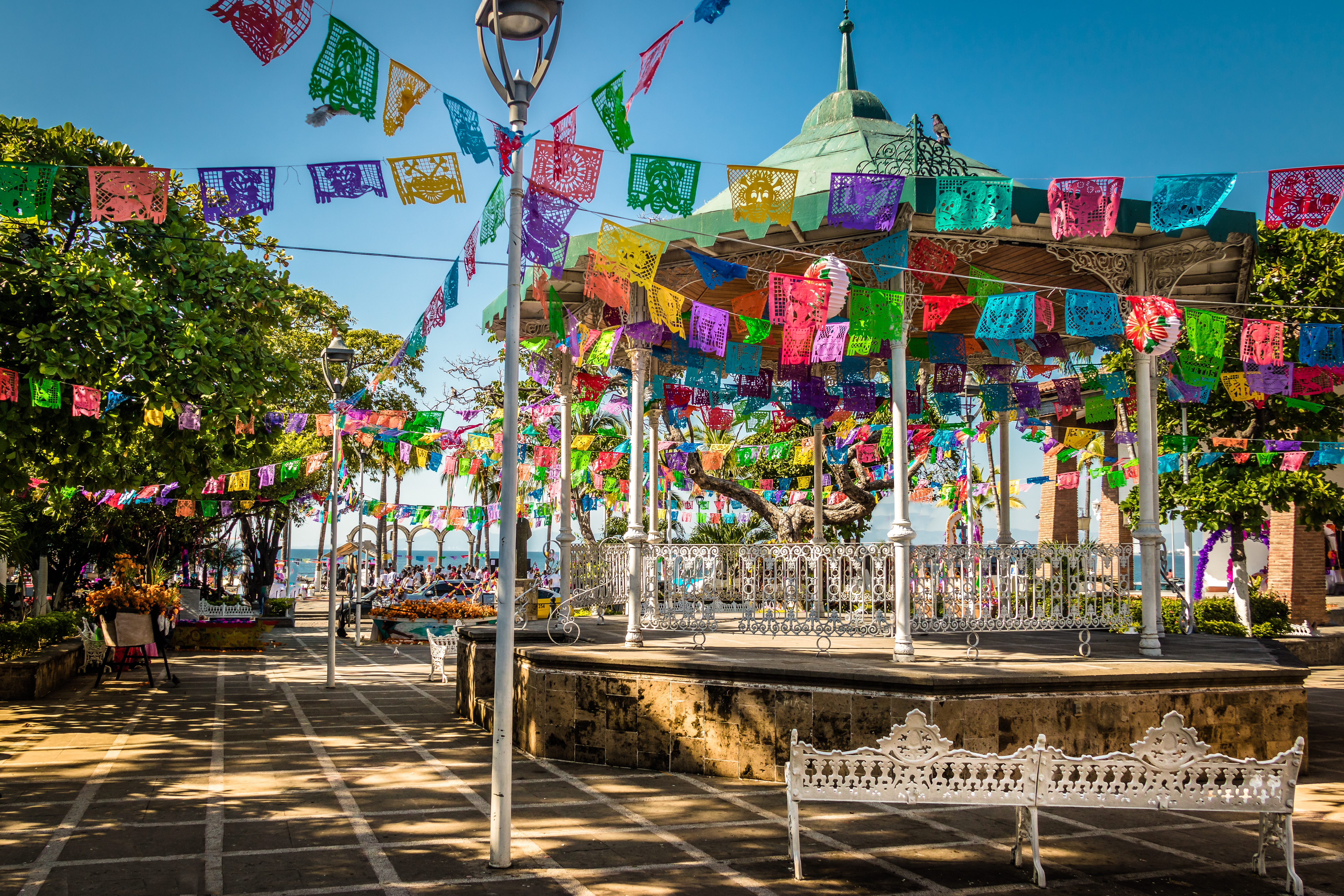
Watch for insects, snakes, and scorpions
Puerto Vallarta has not been shortchanged when it comes to things that make you go “eek!”
Black-widow spiders, Chilean recluse spiders, and scorpions are plentiful, and their stings can be extremely painful. They tend to be active at night, so …
- Shake out your shoes before putting them on
- Shut your bags tightly so scorpions can’t crawl in
- Leave them alone as much as possible – live and let live
A variety of poisonous snakes, including rattlesnakes, coral snakes, and the fer-de-lance, can be found inland. The poisonous yellow-bellied sea snake lives in the water and packs a powerful bite.
Mosquitoes are always a concern in Puerto Vallarta, as their bites can spread Zika, chikungunya, malaria, and more.
Know your bite allergies before you leave and bring insect repellent with a high concentration of DEET.
Watch the weather
Generally, weather on Mexico’s west coast is ideal. The only time to worry is hurricane season, which runs from June through November.
Puerto Vallarta has missed most of the major hurricanes that have struck Mexico over the last decade. Hurricane Otis came the closest, striking Acapulco, 437 miles south, in October 2023.
Keep an eye on the weather if you plan to travel to Puerto Vallarta in the late summer and fall. Check the long-term forecast, but don’t obsess over it.
And here’s a bonus: Mexico can be cheaper during these times.
Watch for earthquakes and volcanoes
Earthquakes and volcanic eruptions can occur, though they’re even less common than hurricanes. However, earthquakes can spur tsunamis, which are a concern for oceanside areas like Puerto Vallarta.
Earthquakes strike without warning. If you find yourself in an earthquake, head for open spaces, away from potential building collapses, but avoid beach areas.
Know how Mexico’s medical system works
If you get sick or injured while on vacation in Puerto Vallarta:
- Check your provider. The State Department has a list of providers and hospitals. Make sure your provider’s on it.
- Bring payment. Most Mexican hospitals don’t accept U.S. domestic health insurance or Medicare/Medicaid and require payment upfront by cash, credit card, debit card, or bank transfer.
- Get insurance. Travel health insurance from Berkshire Hathaway Travel Protection can help. Be sure to contact your travel insurance company as soon as a situation arises. They’ll work with you and providers to coordinate care and payment.
In addition, carry your prescription medication in its original packaging with your doctor’s prescription. Check the Mexican government’s drug schedule to make sure it’s allowed in the country.
Note that prescription drugs in Mexico may vary in quality and composition from similar drugs in the U.S.
Other safety tips from the State Department
Basic tips when traveling to Mexico include:
- Enroll in the Smart Traveler Enrollment Program
- Follow the Department of State on Facebook and X
- Review the latest travel advisory for Mexico
- Have a contingency plan for emergency situations
The role of travel insurance
Travel insurance has an important part to play in your trip to Puerto Vallarta. Berkshire Hathaway Travel Protection’s plans cover medical emergencies, trip cancellations, trip interruptions, medical evacuations, and more.
Learn more about BHTP’s travel insurance plans here.
Puerto Vallarta's charm is undeniable, and while some areas warrant safety concerns, they shouldn’t stand in the way of you having a great vacation – assuming you take the appropriate precautions.
With the right approach and preparation, your visit to this Mexican paradise can be safe and unforgettable.
Questions About Travel Insurance?
Check out our online guide, "What Is Travel Insurance All About?" We've provided in-depth answers to all your travel insurance questions, starting with the basics.
